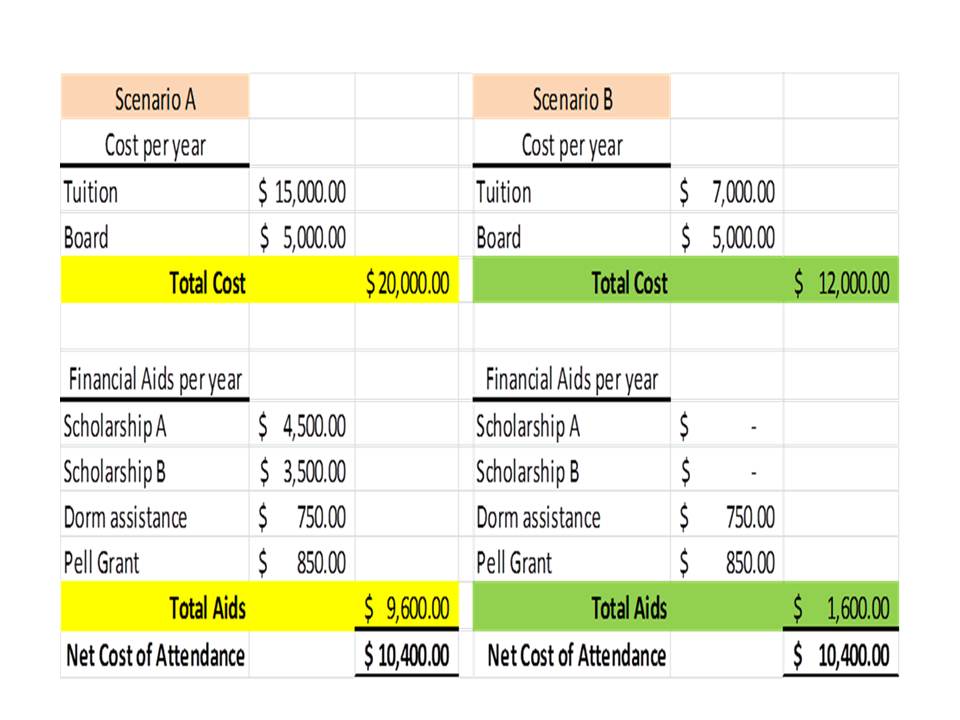During a conference call between the US Secretary of Education and reporters as published in an article in Chronicle Journal of Higher Education on November 5, 2013 (please click here to read the whole article). Basically there are three points raised by the reporters on the application of CAR.
- Data aren’t good enough to calculate the rating.
- Ratings will penalize colleges that serve the neediest students; and
- Ratings will punish colleges and students for factors they cannot control.
A couple of months ago AAEA has published its research results and have made the above conclusion (second point). One needs to understand the story why the CAR is finally—yes, finally is introduced. It is long overdue regulations. Though most of you have known the answer, let us reiterate here, “the motivation is to encourage US colleges to operate more efficiently”
Over hundred years US colleges have been given the privilege as a non-profit organization and whatever budget that they ask will be approved (mostly rubber stamped) by the lawmakers or school Board with minor adjustments. Operating under leniency has made some of these institutions to forget that they are still required to operate based on “minimizing cost paradigms”, with its tax exempt status.
The prolonged inefficiency that has happened many years was reflected by college tuition increases without a sign of stabilizing, except in most recent years where the rate of increasing is slower, but the tuition still increases. When the college graduates can find a job, no one cares enough to say something about the tuition hikes. However, 2008 financial crises and starting in 2003, the society’s, students’ and tax payers’ outcries are much louder and almost every day the topics are covered by the media. Therefore, the regulator just cannot ignore it anymore. When the student loans hits the $1 trillion mark, things are getting really noisy.
AAEA has suggested that rather than whining, US Colleges are better off to do something useful which may help their institution to get a higher CAR rating. AAEA has opened its arms and door widely to support US colleges that wanted to increase their graduation rate FOR FREE. Four years may give enough time for an institution to get their graduation rate and other metrics improved.
Please write below what you guys think about colleges’ tax exempt status? Should this privileged be granted forever or should there be any time limit?

